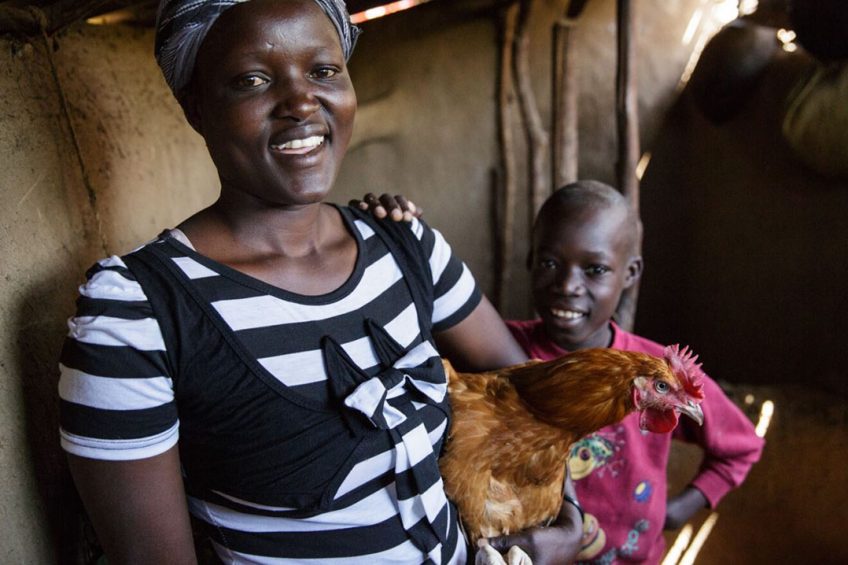Hatching Hope for sustainable poultry expands into Kenya

Hatching Hope is expanding into Kenya with the aim of reaching 10 million people in Phase 1 through direct support to poultry farmers and consumer-awareness campaigns.
Through Hatching Hope, Heifer International and Cargill are a step closer to achieving the goal of improving the nutrition and income of 100 million people by 2030. Kenya is the first African country for the poultry sustainability programme. The Hatching Hope programme in Kenya aims to enhance the current poultry food and farming system to build a viable and equitable market system through a sustainable ‘Distributor Model’ to improve feed access and technical support for 46,000 poultry farming households. “Hatching Hope takes a systems-wide approach, with the goal of increasing nutrition and incomes for smallholder poultry producers and their families,” said Adesuwa Ifedi, senior VP of Africa Programs for Heifer International.
Path out of poverty
The programme focuses on poultry because many local smallholder farmers are already raising chickens and all household members can engage in poultry production. Raising chickens is one of the most practical – and sustainable – paths out of poverty, notes Hatching Hope, as chickens are easy to feed, breed and bring to market, and grow fast to provide income quickly. Meat and eggs provide rich sources of nutrients, especially protein. Heifer Kenya country director, George Odhiambo: “These interventions will lead to the creation of profitable and sustainable farmer-owned poultry businesses through access to products, service and markets.”
Poultry value chain study
A poultry value chain study conducted by Heifer International revealed demand for poultry products is increasing, with local supply unable to keep up with demand. The programme therefore aims to reduce the supply gap of meat and eggs. Consumer awareness campaigns will promote the benefits of poultry products for improving families’ food and nutrition security, while increasing the financial independence and decision-making of women in farming families.












